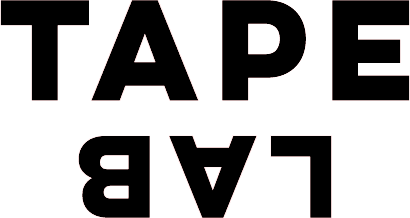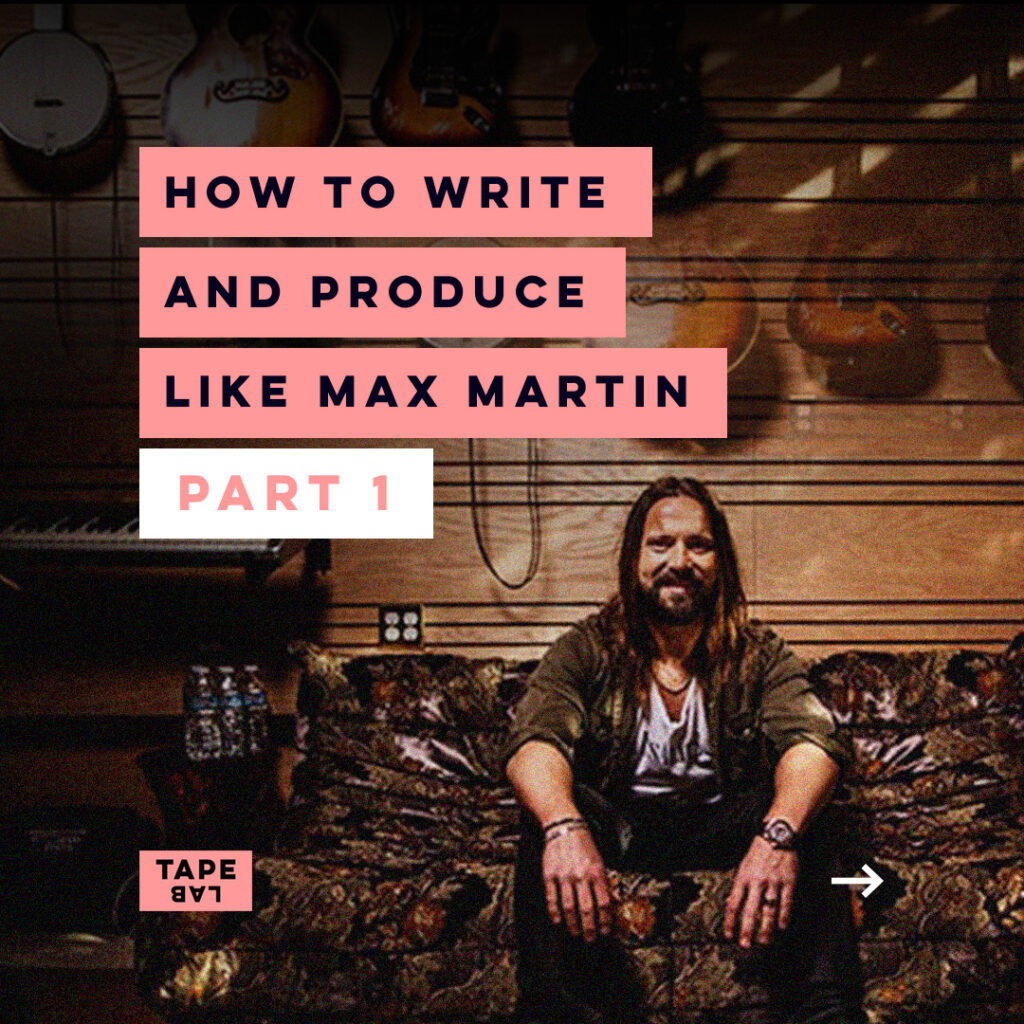Even if you don’t recognise the name Max Martin, you’ll definitely know his music. Since breaking through in the late Nineties, the Swedish songwriter-producer has co-written 22 Billboard Hot 100 number one hits – more than anyone, bar John Lennon and Paul McCartney. In this serie, we’ll take a look at the characteristics that makes a Max Martin song.
Melody is the King
The melody is King in every Max Martin song.
Max Martin quotes: “It’s very important to have a great melody. If you have one, build your song around that. Don’t make it too complicated.”
Every Max Martin song recycles his melodic parts, often over and over again throughout a song. You can reuse parts of the chorus melody in the verse, for example.
It will sound familiar because the listener has already heard the melody. It’s a really effective and powerful tool to make your melody come alive and get your listeners hooked to the song much more quickly. They will want to hear it over and over again.
Example: Katy Perry – California Girls
Melodic Math is the Queen
In Melodic Math the lyrics are here to serve the melody. Not the other way around. Therefore, the lyrics should be written specifically to match and complement the melody.
“I can only speak for myself when I say that writing the melody first gives me more freedom than doing it the other way around [lyrics first]” (Max Martin)
Melodic Math is very mathematical. A line has to have a certain number of syllables and the next line has to be its mirror image. If you add one syllable or take it away, then it becomes another melody.
example: Katy Perry – ET [start of the verse melody recycled in chorus]
‘Don’t bore us, get us to the chorus’
Almost every Max Martin song hits the chorus within 50 seconds. It may seem like a fairly common trait of modern pop music, but it wasn’t that common before Max Martin came along.
You want to hit listeners with your catchy chorus asap to make sure they’re hooked to that song and want to hear it over and over again.
example: The Weeknd – Can’t Feel My Face
Tell a story through energy levels
To maximise the impact of your chorus, make sure it builds in energy with each repeat.
“If you listen to the first, second and third chorus of a song, they don’t sound the same. It’s the same melody and all that but what really happens is that the energy changes. It’s all about getting the listener to keep his or her concentration.” ~ Max Martin
You can enhance the energy of your choruses through expanded arrangement, extra elements and sound design.
Imagine you’re taking your listeners on a cinematic trip with your song.
Letting Martin speak: “I like it when a song is like a journey, building up along the way. That they start out smaller than they end. Along the trip, you add elements that make the listener less likely to tire. Then, at the end, euphoria. That’s really true for all songs. It’s all about getting the listener to keep his or her concentration.”
Tip: If you make the arrangements before the chorus smaller, the chorus will sound bigger.
Example: Taylor Swift – Blank Space
Keep It Simple
Max Martin uses only 3 to 4 melodic parts per song. Arrangement-wise, only one extra element is added at a time. Martin really stresses that there should not be too much information in the overall sound.
He works a lot on getting it all as clear and distinct as possible. What characterises a great pop song, according to Martin, is that its impact should be felt the moment you hear it.
“There mustn’t be too much information in the sound stage. Clarity is something I’m struggling with a lot. There must be no new items coming in at the same time. One thing at a time, like in a movie. You can’t present 10 characters in the first scene. You want to get to know one before you are ready for the next one”.
Getting the most of out of a small number of parts is something that Max Martin has become extremely famous for.
Build your arrangement to only include the key elements. This helps to remove any distractions form the song and therefore makes the song as catchy as possible for the listener.
Example: Ellie Goulding – Love Me Like You Do

